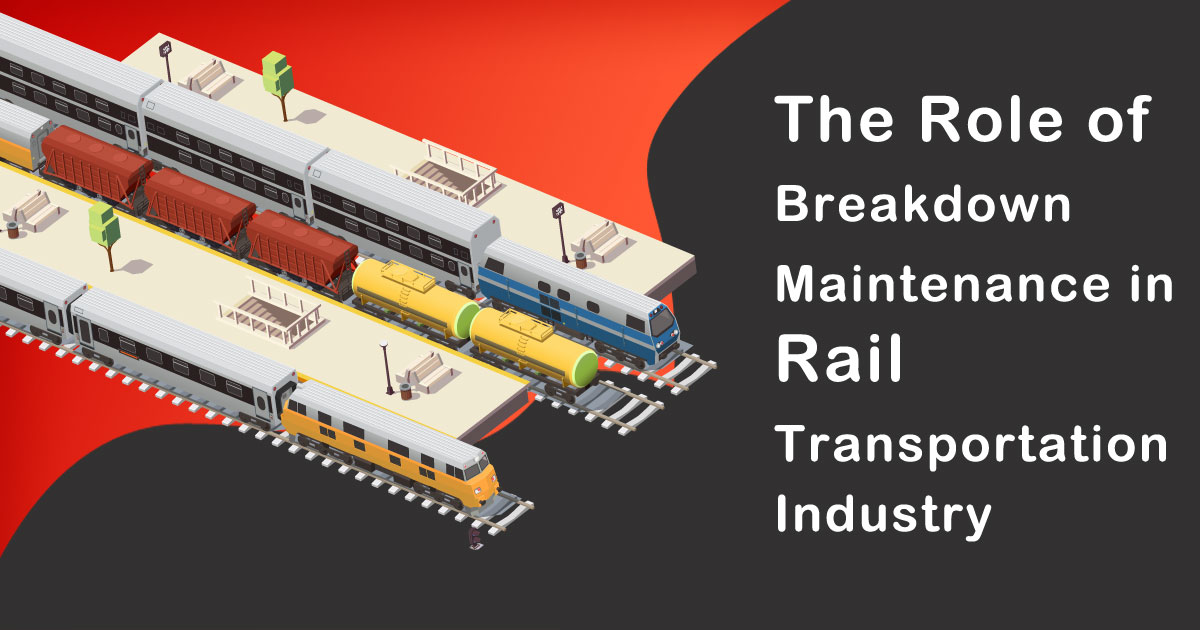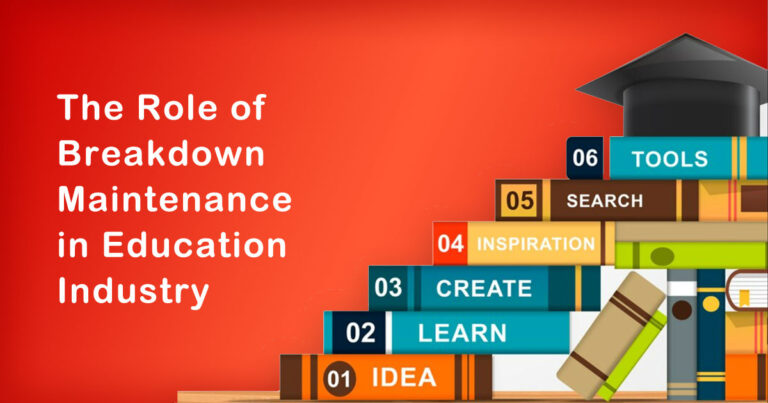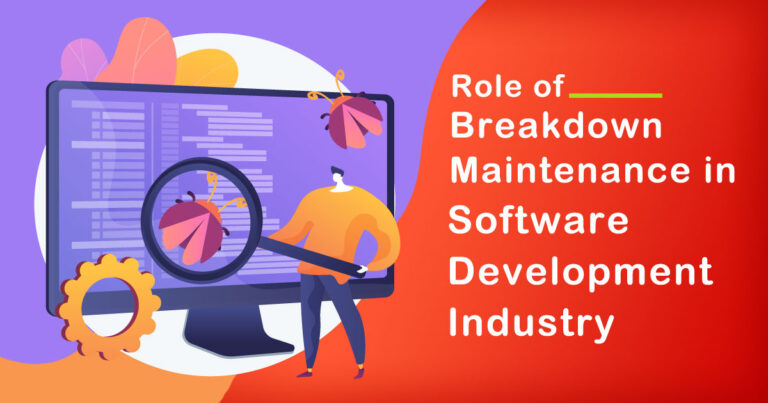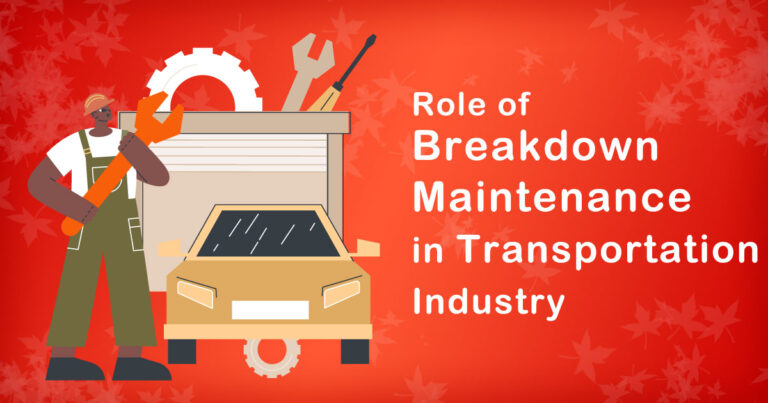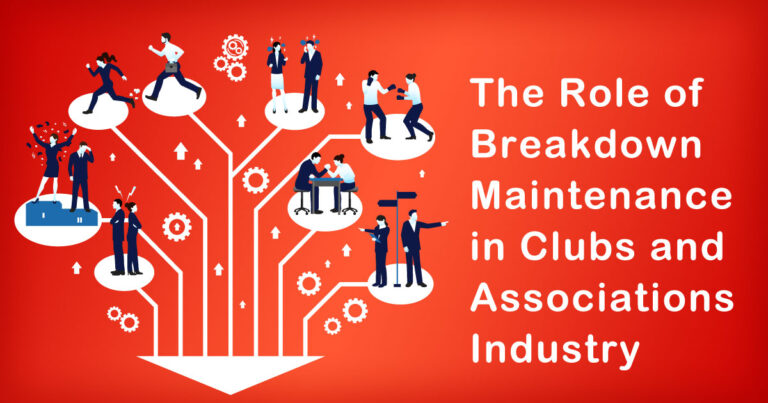Introduction
In the vast and bustling landscape of India, the railway network is the backbone of transportation, connecting millions of people and goods across the nation. To ensure the smooth and efficient functioning of this mammoth system, maintenance plays a crucial role. Among various maintenance strategies, “Breakdown Maintenance” stands out as a vital approach that demands attention. In this article, we explore the significance of Breakdown Maintenance in India’s rail transportation industry, supported by research and facts.
Understanding Breakdown Maintenance
Breakdown Maintenance, also known as Reactive Maintenance or Corrective Maintenance, is a maintenance strategy that focuses on repairing assets and equipment after they fail or break down unexpectedly. Unlike preventive maintenance, which involves scheduled inspections and maintenance tasks, Breakdown Maintenance occurs in response to unforeseen failures.
Challenges of the Indian Rail Transportation Industry
India’s rail transportation industry is vast and complex, comprising an extensive network of tracks, locomotives, coaches, signaling systems, and other critical components. Challenges faced by the industry include:
a. Aging Infrastructure:
A significant portion of India’s railway infrastructure is aging, making it susceptible to frequent breakdowns and malfunctions.
b. High Traffic Density:
The rail network experiences heavy traffic, resulting in increased wear and tear of assets and heightened possibilities of breakdowns.
c. Budget Constraints:
Allocating sufficient funds for maintenance is often challenging due to budget constraints, leading to delayed repairs and maintenance works.
d. Technological Gaps:
While advancements in railway technology have been made, some parts of the network may still rely on outdated systems, impacting overall reliability.
Role of Breakdown Maintenance in India’s Railways
Despite the widespread use of preventive maintenance practices, Breakdown Maintenance remains indispensable for the following reasons:
a. Addressing Unforeseen Failures:
Despite regular preventive measures, equipment breakdowns can still occur unexpectedly. Breakdown Maintenance ensures rapid response and repair in such situations.
b. Minimizing Downtime:
In the event of an unforeseen breakdown, swift and efficient repairs can reduce downtime, enabling the railway to resume operations quickly.
c. Cost-Effectiveness:
While preventive maintenance is essential, performing it on every asset can be economically unfeasible. Breakdown Maintenance allows resources to be allocated to critical components when needed the most.
d. Complementing Preventive Maintenance:
Breakdown Maintenance acts as a complementary strategy to preventive maintenance, filling the gaps and providing an added layer of protection.
Success Stories of Breakdown Maintenance in India
Several instances highlight the effectiveness of Breakdown Maintenance in India’s rail transportation industry:
a. Emergency Response Teams:
Indian Railways has set up dedicated emergency response teams equipped to handle breakdowns swiftly. These teams have significantly reduced repair times and minimized disruptions.
b. Predictive Analytics:
Some railway zones in India have adopted predictive analytics, leveraging data to identify potential failure points and schedule maintenance proactively.
c. Technological Upgrades:
By integrating modern technology into their maintenance practices, certain railway divisions have improved asset reliability and reduced breakdown incidents.
Conclusion
Breakdown Maintenance continues to play a crucial role in India’s rail transportation industry, effectively addressing unforeseen failures and minimizing disruptions. While preventive maintenance remains a priority, Breakdown Maintenance provides a vital safety net, ensuring the smooth functioning of the railway network. To meet the challenges of an ever-expanding railway system, investing in technology, and promoting a proactive approach to maintenance will be key to success.
By acknowledging the significance of Breakdown Maintenance and making informed decisions, the Indian rail transportation industry can move towards greater efficiency, reliability, and passenger satisfaction. As the backbone of the nation’s mobility, the railways must keep chugging ahead, equipped to overcome any obstacle that comes its way.


